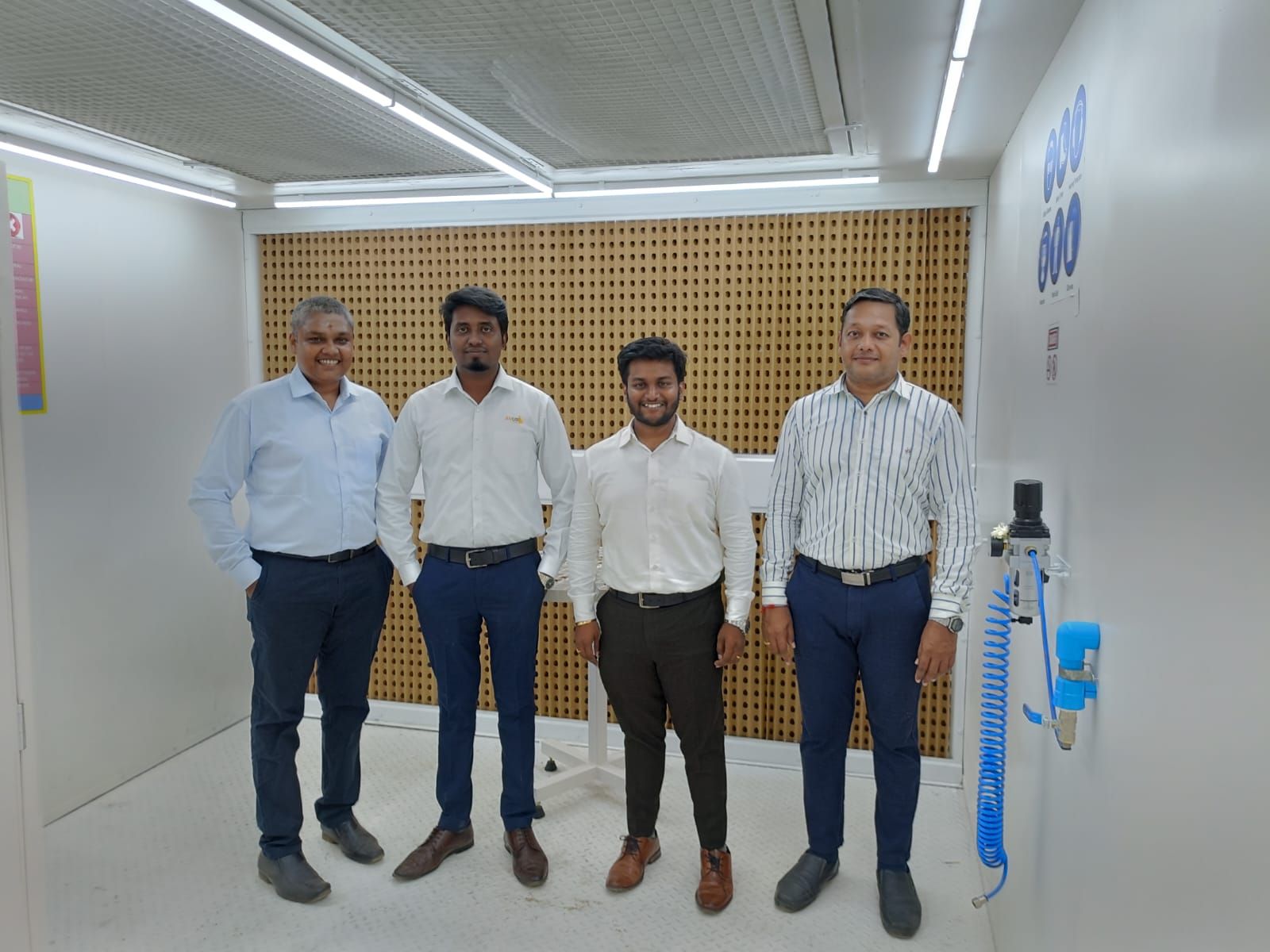HP MJF 3D Printing Service
Precise, Strong & High Quality End Use Parts (from 1 to 10000 units) in 2 to 3 days.
.avif)
HP Multi Jet Fusion
Multi Jet Fusion (MJF) is an advanced 3D printing process created by HP. It uses several jets to selectively apply fusing and detailing chemicals to a powdered material, resulting in high-resolution, long-lasting components. MJF has remarkable speed, accuracy, and versatility, perfect for quick prototyping and production-level manufacturing. Explore the future of additive manufacturing with HP’s game-changing Multi Jet Fusion technology.
This very efficient process enables the production of functional and intricately designed parts. Each 80-micron-thick layer contributes to the mechanical strength of the final product, which is similar to injection-moulded parts.
This modern production process removes traditional manufacturing limitations and saves you from costly tooling investments. What’s more? You can receive your parts within days, make design changes as necessary, and deliver your products to market faster. This flexibility and quick turnaround time give you a competitive advantage and the ability to adapt swiftly to market demands.
We are proud to be the best MJF 3D Printing services in India with dedicated experts in Bangalore, Hosur, Hyderabad, Pune, Mumbai, Coimbatore and Delhi. Start prototyping with MJF, and confidently shift serial production with MJF.
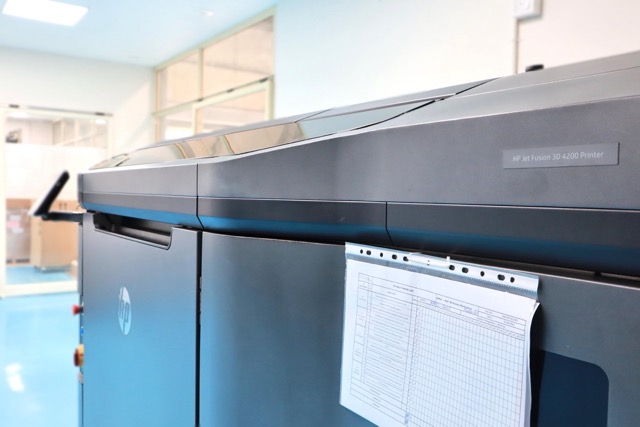
Amuse 3D - Your Serial Production Specialist
Engineering, Quality, and Reliability – that’s what differentiates us. With our automotive production experience, we have attained IATF 16949 qualification, the highest level of quality in working with advanced standards and traceability. We maintain this standard consistently with our MJF 3D Printing, as it reflects our commitment to whatever we do. We are proud to be HP-certified partners worldwide as Multi Jet Fusion Production Professionals for printing advanced quality parts.
Shipping globally from India with quality, love, and care!
India's largest MJF 3D Printing Machine Fleet
Our expert team is extremely committed to delivering high-speed production and cost-effectiveness. From prototyping to production, we want our customers to have the best offer in any part of their value stream That’s why we have made a strategic decision to invest in the cutting-edge HP MJF 5620, 5210 (X2), 5200 and 4200, the most advanced polymer system available in the market. With this state-of-the-art HP MJF 3D printing process, we ensure superior results and unmatched efficiency for your manufacturing needs.
Available Materials: PA12, PA11
Build Size : 380mm * 284mm * 380mm
Dimensional Accuracy: ± 0.3% with a lower limit of ± 0.3 mm
Post Processing Options: Industrial Painting, blasting, UV & pad Printing, and Smoking
Standard Lead time (at your door) : 3 to 5 days within India, 4 to 7 days Worldwide. We extensively ship MJF parts to the USA, Switzerland, Japan and many other countries in the EU.
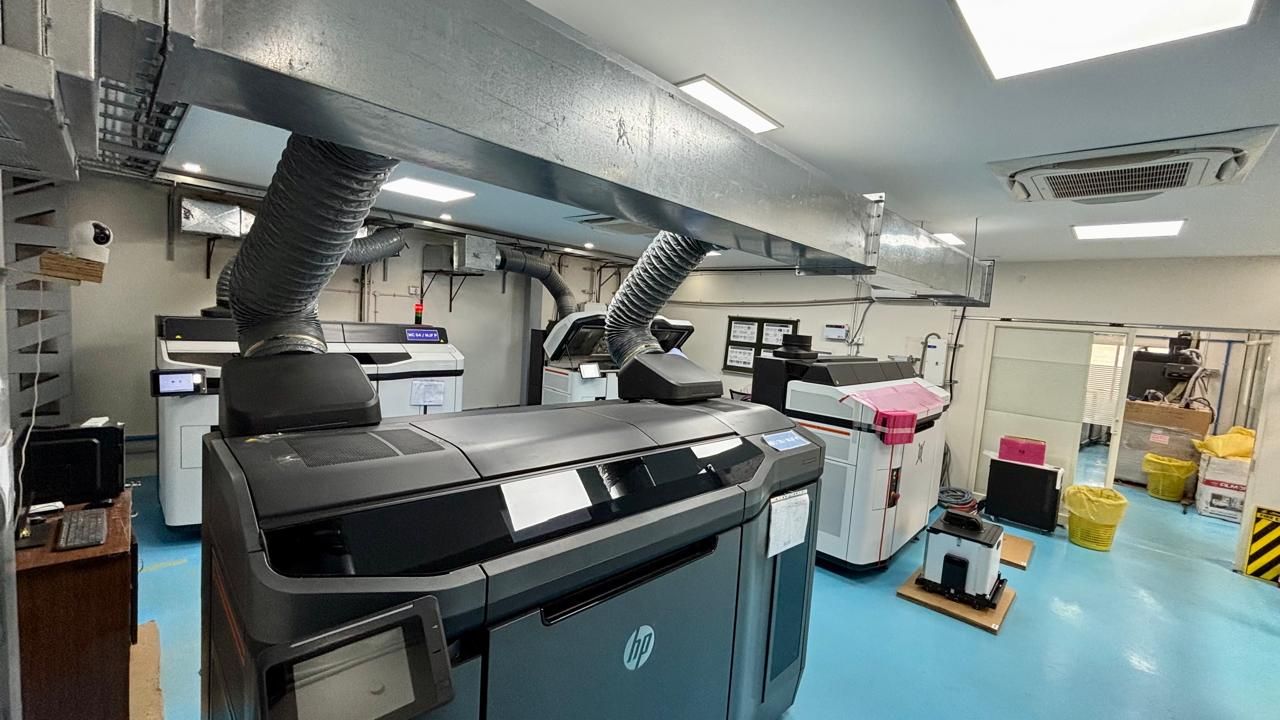

Consider MJF when you
Make end-use parts from 1 to 10000, alternative to Injection moulding
Manufacture parts in batches for your pilot run
Need parts in quick turnaround time resulting faster goto market.
Want flexible manufacturing
.avif)
Surface finishes for MJF 3D Printing
We offer a range of surface finishing options, sometimes to mimic moulded finish. These finishes enhance both the aesthetic and functional qualities of printed parts. Besides, we have other advanced post-processing techniques
.jpg)
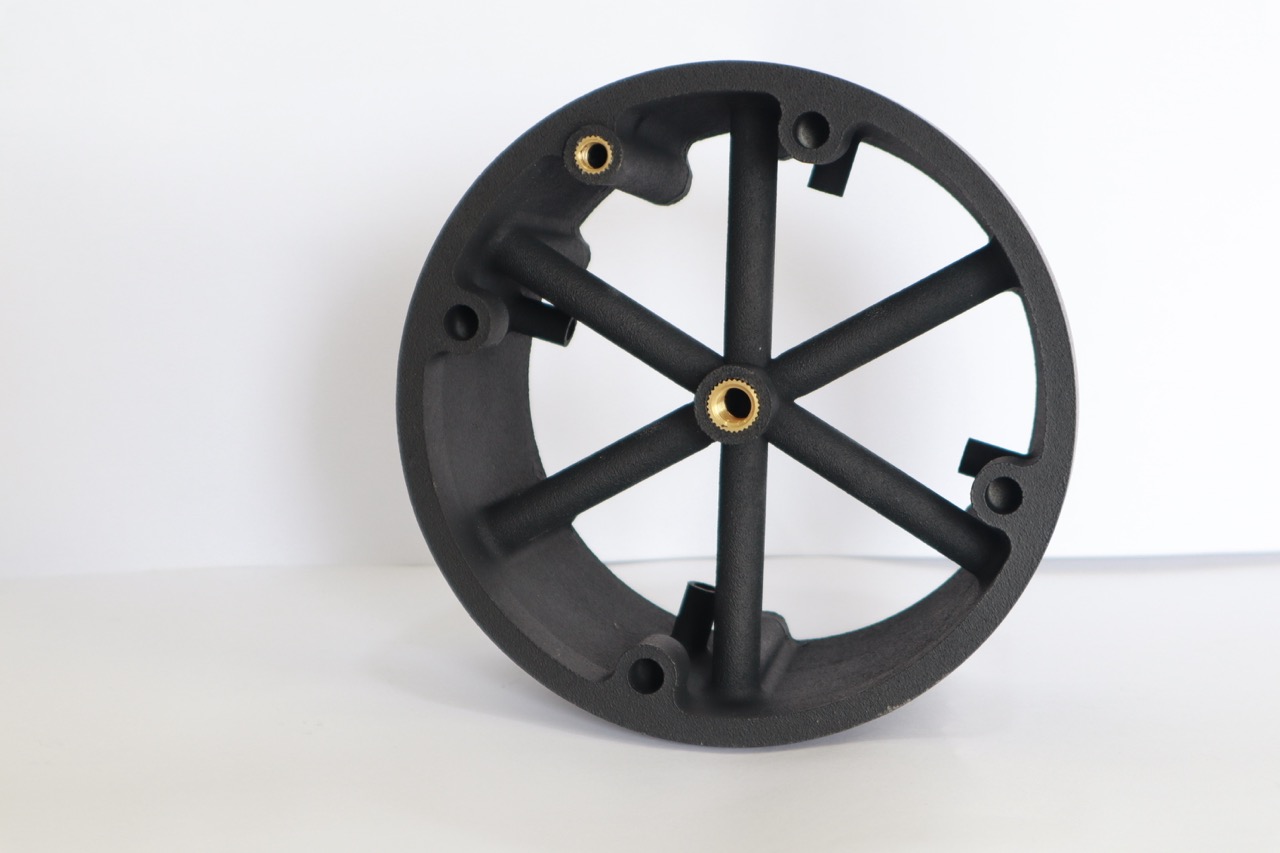
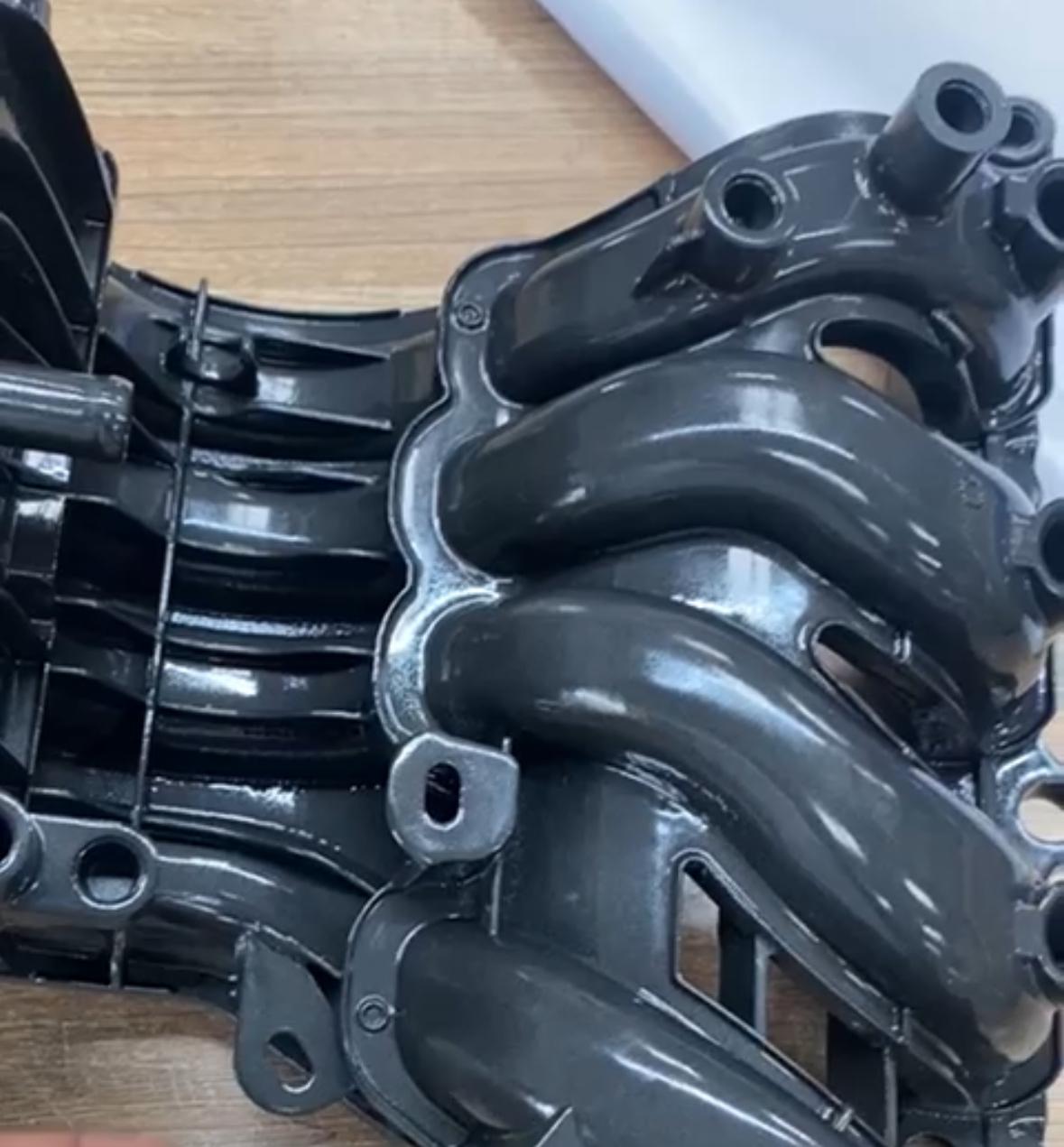
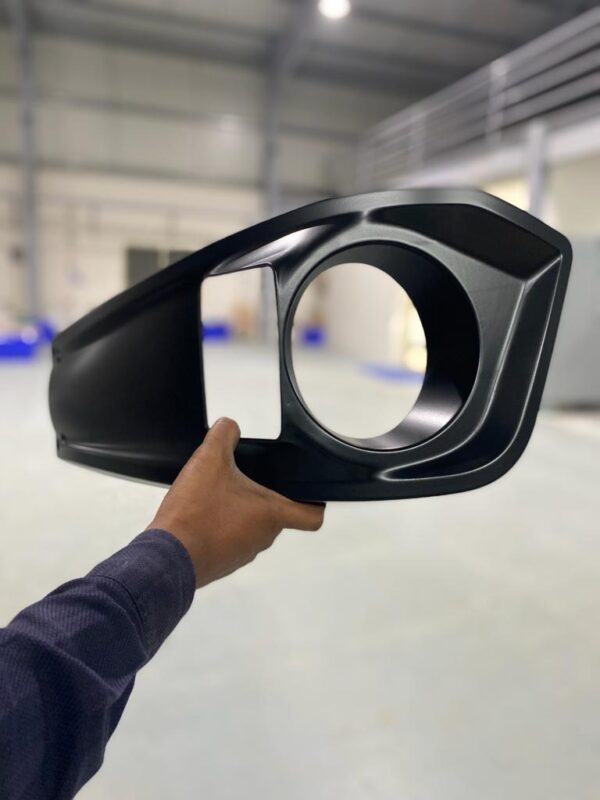
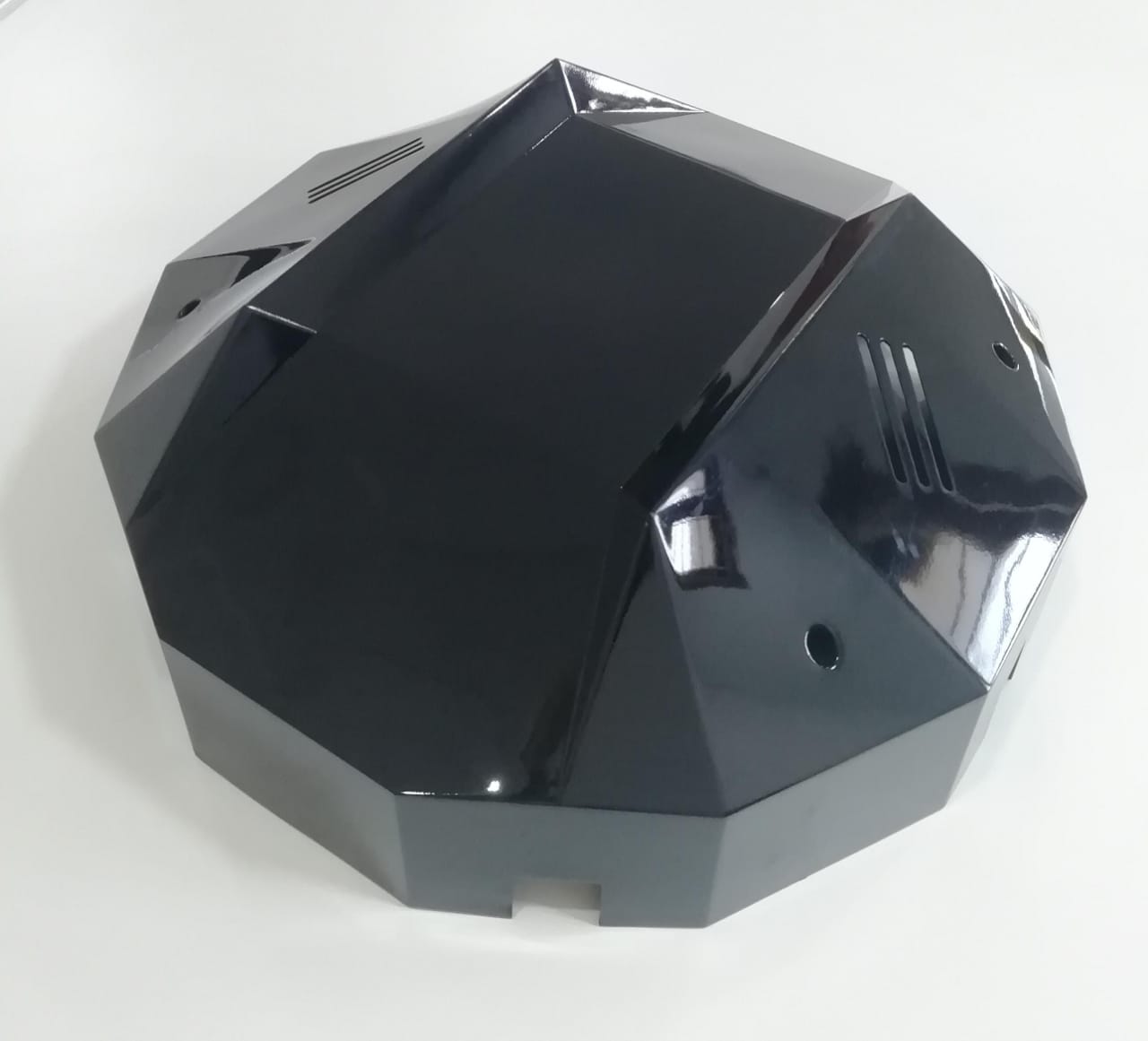

.avif)
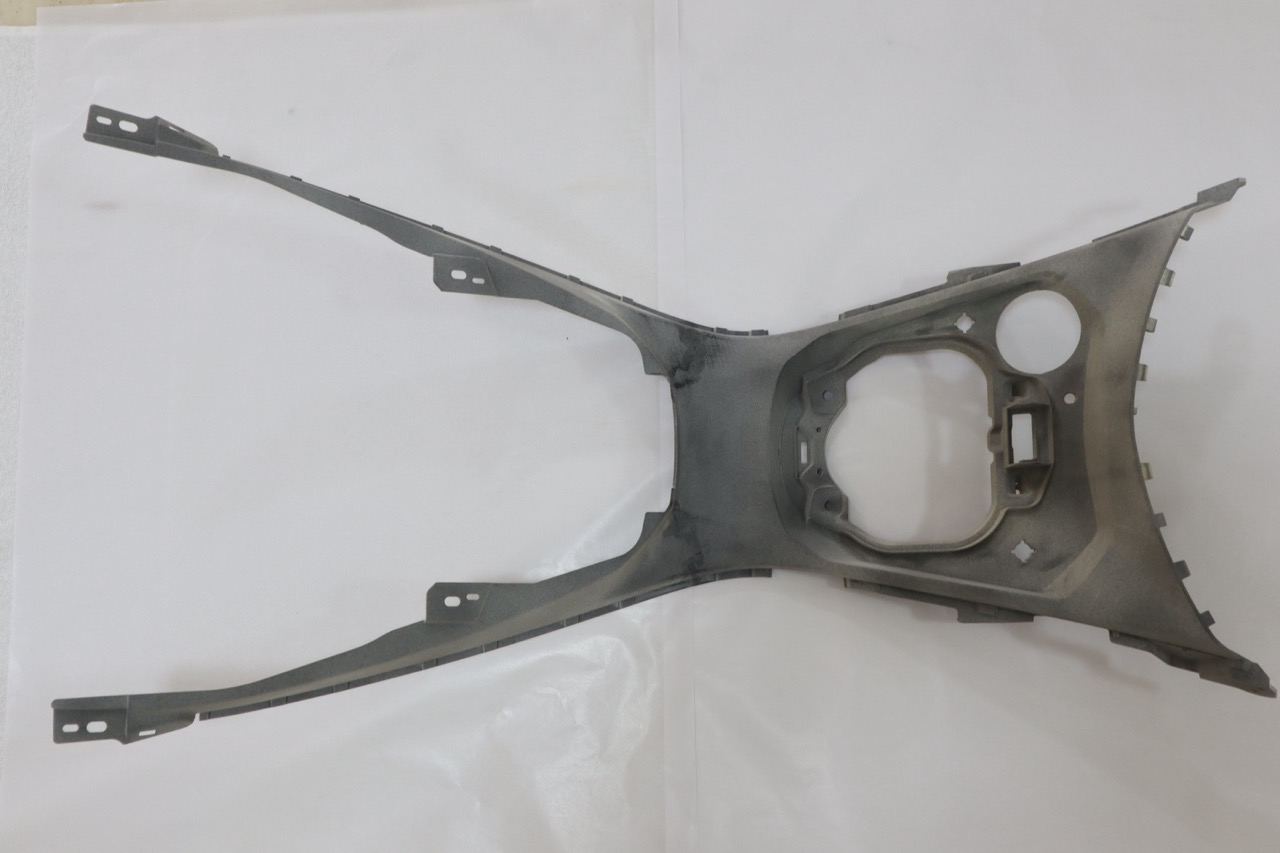
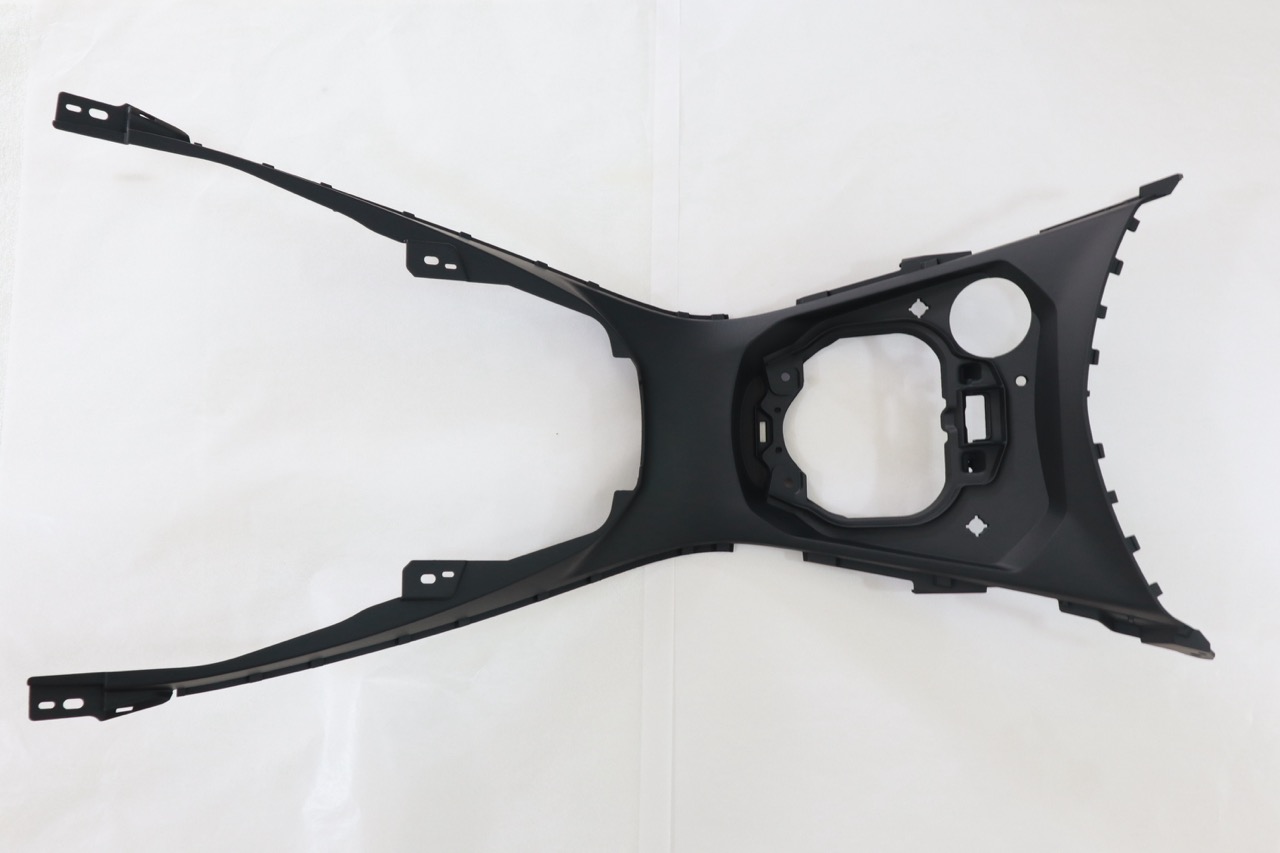
MJF Express
.png)
Your high-quality MJF 3D printed parts dispatched in 24 hrs.
Choose our express option for faster delivery of urgent prototypes or low-volume parts. How? We reserve emergency short builds for last-minute jobs. Order by 2:30 Pm (IST), and we’ll ship your parts within 24 hours. Available material: PA12.
Unlock your free 3D printed samples today
We believe in delivering excellence from the very start. That’s why we offer HP MJF 3D printed samples of your part to validate. Try before you buy, and experience the difference in precision and quality with MJF 3D Printing. Upload your model or request our part.
.avif)
General inquiries? Questions about engineering? Do you seek support with your design?
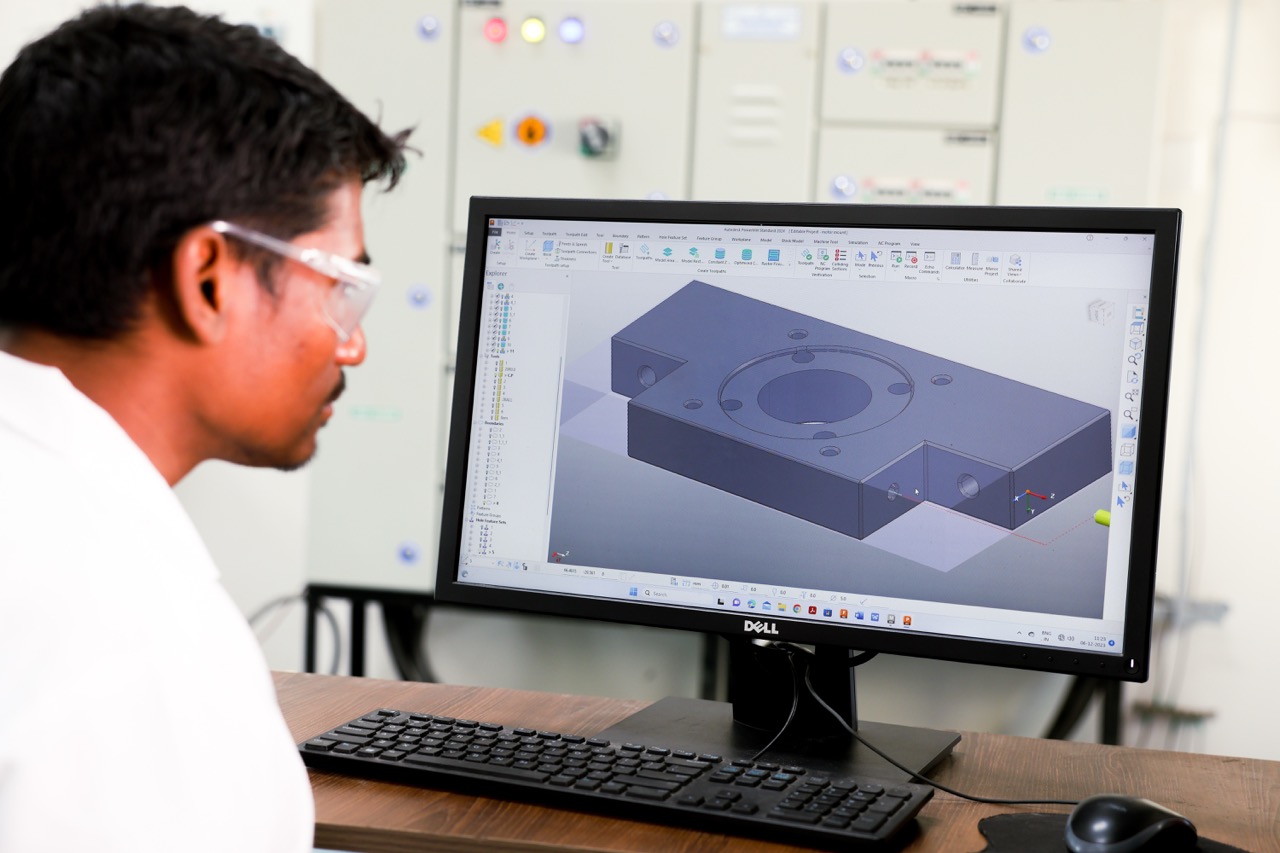
.png)
How MJF is compared to other 3D Printing technologies?
Frequently Asked Questions
How to design connecting and moving Parts for MJF?
Sometimes two printed parts need to fit together to make the final product. The gap between the interface areas of these parts should be at least 0.4 mm (with a tolerance of ±0.2 mm for each part) to make sure they fit together correctly.
As a general rule, there should be at least 0.7 mm of space and clearance between the faces of printed assemblies. For parts with walls that are at least 30 mm thick, there should be a bigger gap between each side to make sure they work rightIf the walls of the parts are less than 3 mm thick, the space between parts printed as assemblies can be as small as 0.3 mm. However, this depends on the design, and you may need to work with the manufacturer to make sure the parts work well.
- Gap between fitting parts: ≥ 0.4 mm
- Clearance for moving parts: ≥ 0.7 mm
Tip: Ensure 0.3–0.7 mm clearance depending on wall thickness.
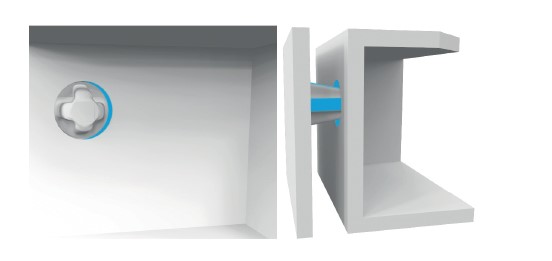
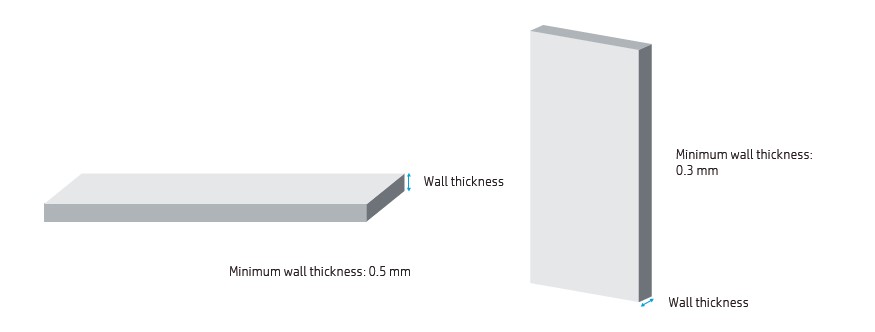
How Aspect Ratio Impacts Cantilever Strength in 3D Printing
When printing a cantilever, the minimum wall thickness depends on the aspect ratio, which is the length of the cantilever divided by its width.
The aspect ratio should be less than 1 for a cantilever that is less than 1 mm wide. There aren't any specific recommendations for widths of 1 mm or more. It is best to make the walls thicker or add ribs or fillets to parts with a high aspect ratio to make them stronger.

Design Guidelines for Minimum Wall Thickness in MJF Printing
In general, the minimum wall thickness for short walls that face the XY plane is 0.3 mm, and for short walls that face the Z plane, it is 0.5 mm.

What is MJF 3D Printing?
Our HP Multi Jet Fusion (MJF) technology at Amuse 3D gives us a one-of-a-kind way to 3D print that is different from other additive manufacturing processes. MJF is much more accurate than many other 3D printing methods and makes high-quality parts up to ten times faster. This helps you get items to market faster.
MJF makes things one layer at a time, just as other powder-based methods. It doesn't use lasers; instead, it employs fusing and detailing chemicals that are put down across each cross-section, similar to how an inkjet printer works. Then, these cross-sections are fused together with very high heat, which bonds each layer evenly and well. Selective Laser Sintering (SLS), Stereolithography (SLA), and Direct Metal Laser Sintering (DMLS) are all methods where build time can change based on the shape. MJF, on the other hand, has consistent layer times, enabling faster, more predictable output.
MJF is a strong and adaptable option in Amuse 3D's manufacturing array. It's great for making functional prototypes, small batches, and even as a bridge to injection molding. It's a cheap solution to test, iterate, and make components quickly that has great surface quality, strength, and scalability.
Learn more about MJF technology here.
.avif)





.png)

.jpg)
